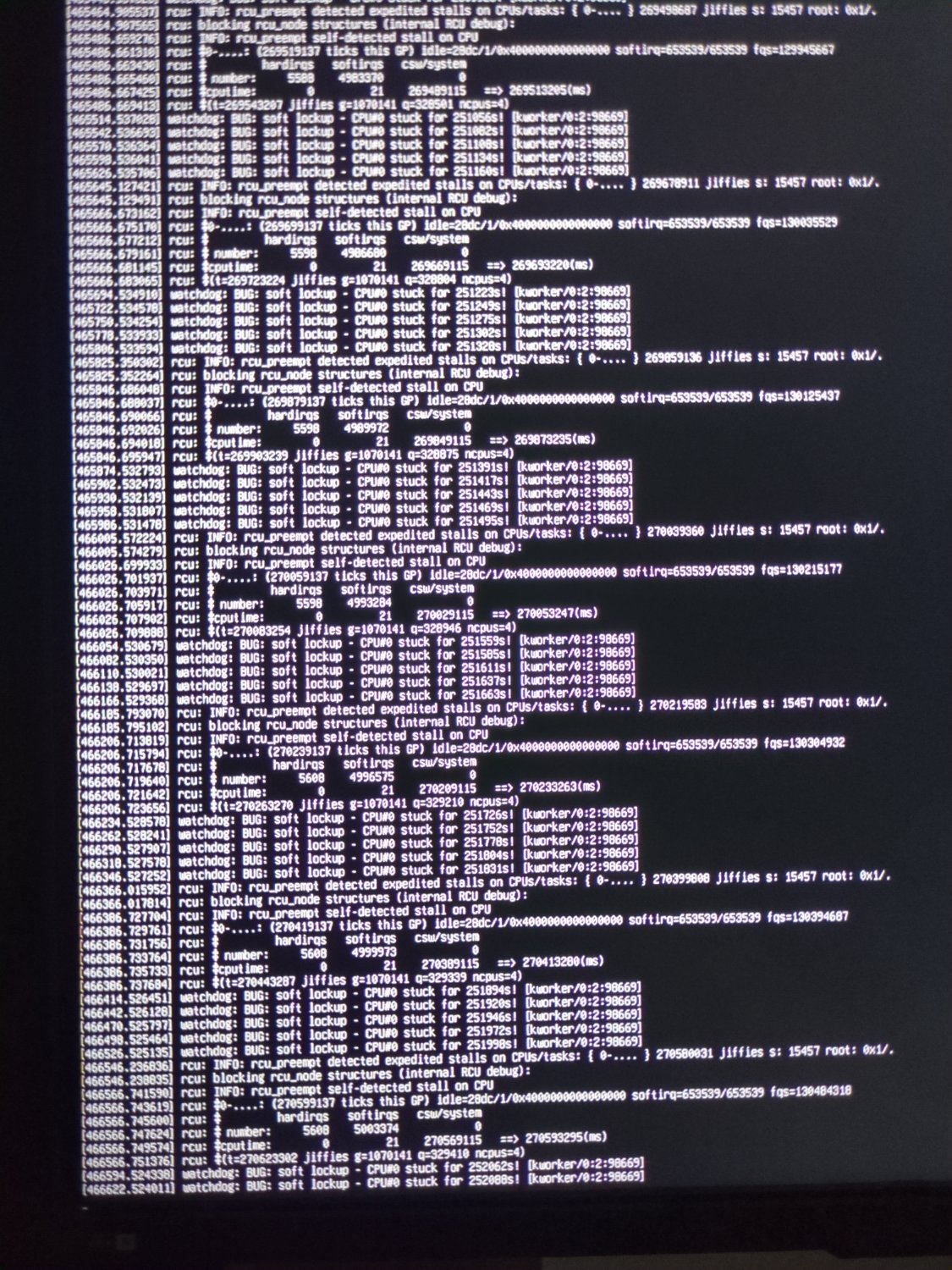the server component had a small bug, empty checking the wrong variable before building a list of allowed zones
when using a config without any Fqdns defined this would result in the server refusing the client access to tunnel anything if any zones where about to be used
tup proxies services on the local network to a remote gateway, all traffic between the remote server and the service on the local network is sent through a wireguard tunnel
think of tup as an open source and self-hosted alternative to ngrok and cloudflare tunnel
tupd (the server) can be found at: https://drive.proton.me/urls/GEJM1HT0DW#aOop4p7zxaPA
the tup client can be found at: https://drive.proton.me/urls/63SE9PW020#GFzZrprg9wjZ
I also noticed all file extensions were not inspectable directly in the drive (even though everything is only text files), I apologize for that, I believe transparancy is a very important key factor
I've complemented with .diff files generated with diff from GNU diffutils, there are 'full' diff files for both tup and tupd (ending with _full.diff), and there is also a diff file for only the changes between tupd-0.5 and tupd-0.6 (tupd-0.6.diff)
the 'full' diff files can also be applied to an empty directory with GNU patch like this:
mkdir tupd-0.6
patch --directory=tupd-0.6/ --strip=1 < tupd-0.6_full.diff
Since my project is not uploaded by me to any git service many people didn't look on how it can be used so I want to give a few examples of the client, more explanations and examples can be found in the README.md and EXAMPLE.md of the client
Syntax: tup [-zone <zone>] [@][host]:[#]<port>
Examples:
tup :8080 this would proxy http://127.0.0.1:8080 onto a random subdomain on default zone, for example: https://xyz123.zone.domain.tld
tup 192.168.1.11:8080 this would proxy http://192.168.1.11:8080 onto a random subdomain on default zone
Syntax: tup -fqdn <domain> [@][host]:[#][@]<port>
Examples:
tup -fqdn sub.domain.tld :8080 this would proxy http://127.0.0.1:8080 directly onto https://sub.domain.tld
tup -fqdn sub.domain.tld 192.168.1.11:@8443 this would proxy https://192.168.1.11:8443 directly onto https://sub.domain.tld, skipping caddy and its tls termination on the server, same as a raw tcp proxy / sni proxy
Syntax: tup -udp|-tcp [rport:][@][host]:<port>
Examples:
tup -udp :27015 this would proxy udp://127.0.0.1:27015 onto a random UDP port on the server
tup -udp 27016:27015 this would proxy udp://127.0.0.1:27015 onto UDP port 27016 on the server
tup -udp 27016:192.168.1.11:27015 this would proxy udp://192.168.1.11:27015 onto UDP port 27016 on the server
tup -tcp :3306 this would proxy tcp://127.0.0.1:3306 onto a random TCP port on the server
I also want to clarify that the code is released with the Unlicense template, dedicating my software to the public domain
